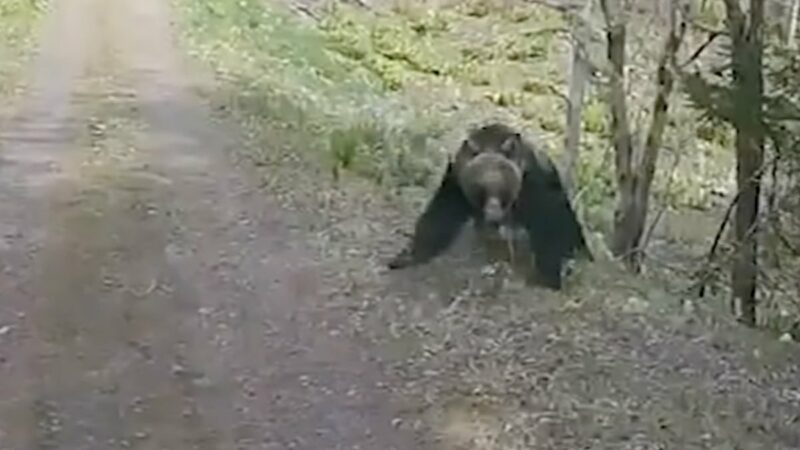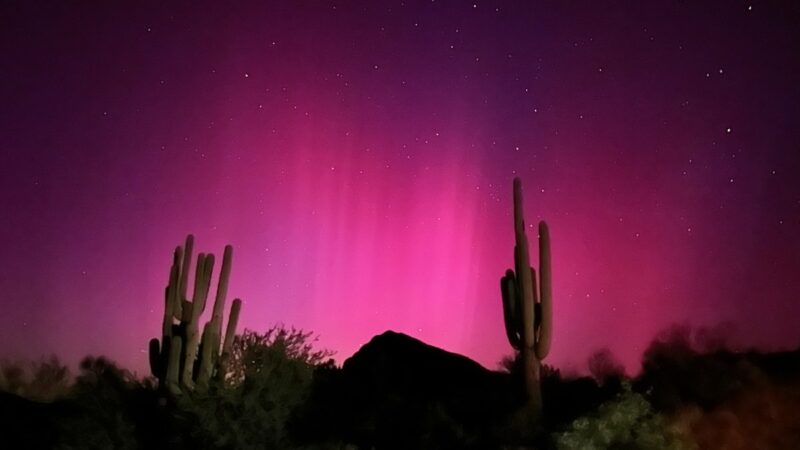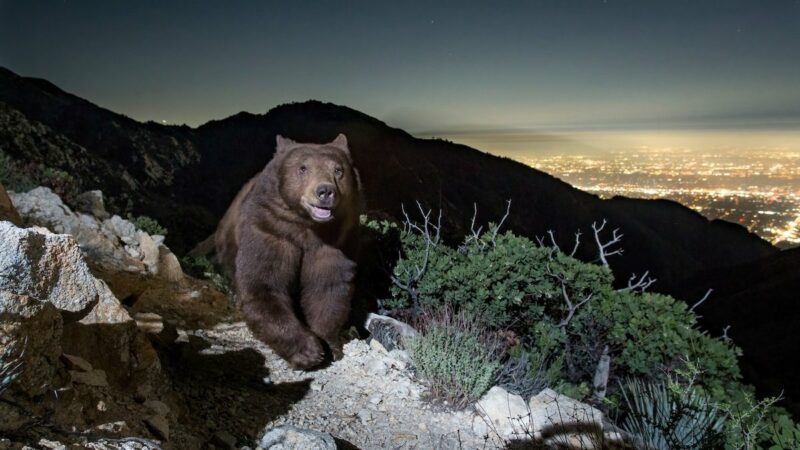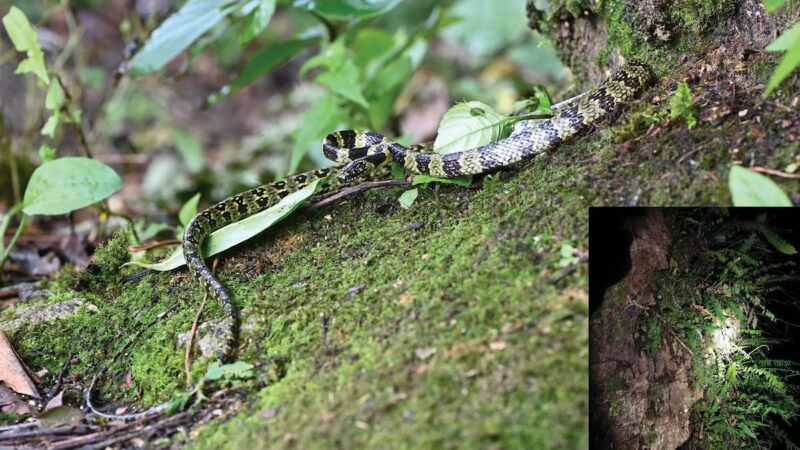Copper Peak: A Ski Jump Turned Summer Park
In 1969, Michigan’s Gogebic County commissioned the construction of Copper Peak, the world’s largest artificial ski jump. By creating the massive structure, the goal was to host not just ski-jumping events but rather more extreme ski-flying events. And they were successful to a point. For about two decades, Copper Peak hosted 10 sanctioned events and two international competitions. But it closed in 1994 for repairs and never reopened because of debt issues.
However, the state of Michigan recently decided it wanted to see Copper Peak flourish. Last year, the state awarded the site $20 million in grant money for renovations and to restore the jump. While many hope Copper Peak will host international events again, they also want to see it become a summer tourist attraction, which raises the question: how can a ski jump be a summer destination?
Copper Peak
The origin of Copper Peak goes back to 1845 when the Chippewa Copper Mining Company launched a mining operation there. Although it was largely a failure and contributed nothing to ski jumping except for a name, the Gogebic Range Ski Club saw potential in the hill, which sat 360 feet high. The club had been building ski jumps in the county since the 1930s and needed a new site.
Charlie Supercynski, a ski jumper who served on the nonprofit that manages Copper Peak, told MLive that building the site in the 1960s was “kind of wild and crazy.” He explained that it required blasting huge chunks of the hill to create the slope landing, prefabbing the structure, transporting the parts on flatbed trucks from Fond du Lac, Wisconsin, and finally assembling it using 200 and 300-foot cranes.
Once they completed the million-dollar construction project, they created the sixth-largest ski jump in the world and something that quickly became a source of pride. In 1971, Copper Peak was recognized as a Michigan State Historic Site and a national historic place in 1973. In its glory days, it was also home to some awesome athletic accomplishments, with some skiers jumping as far as 518 feet.
Today, Copper Peak is still the only ski-flying ramp in the western hemisphere even though it isn’t currently being used for the sport. Instead, it’s become a summer and fall tourist attraction, offering patrons rides via a chairlift or elevator to the top as well as multiple trails for hiking, biking, and running.
The View From The Top
The Adventure Ride
At Copper Peak, the adventure begins at the ticket office, which was once a ski lodge. From there, you will ride an 800-foot chair lift to the bottom of the ski jump. Your panorama views begin when the chair lift takes you into the air. Spend some time at the 350-foot outcrop taking in the landscape before beginning the second part of the adventure ride.
From the chairlift, you’ll have two options to travel the 18 stories to the observation deck. The first is an elevator, which lasts approximately 55 seconds, and the second is you can hike up the ramp. Although physically demanding, many say the latter option provides awesome as well as scary views from the elevated vantage point.
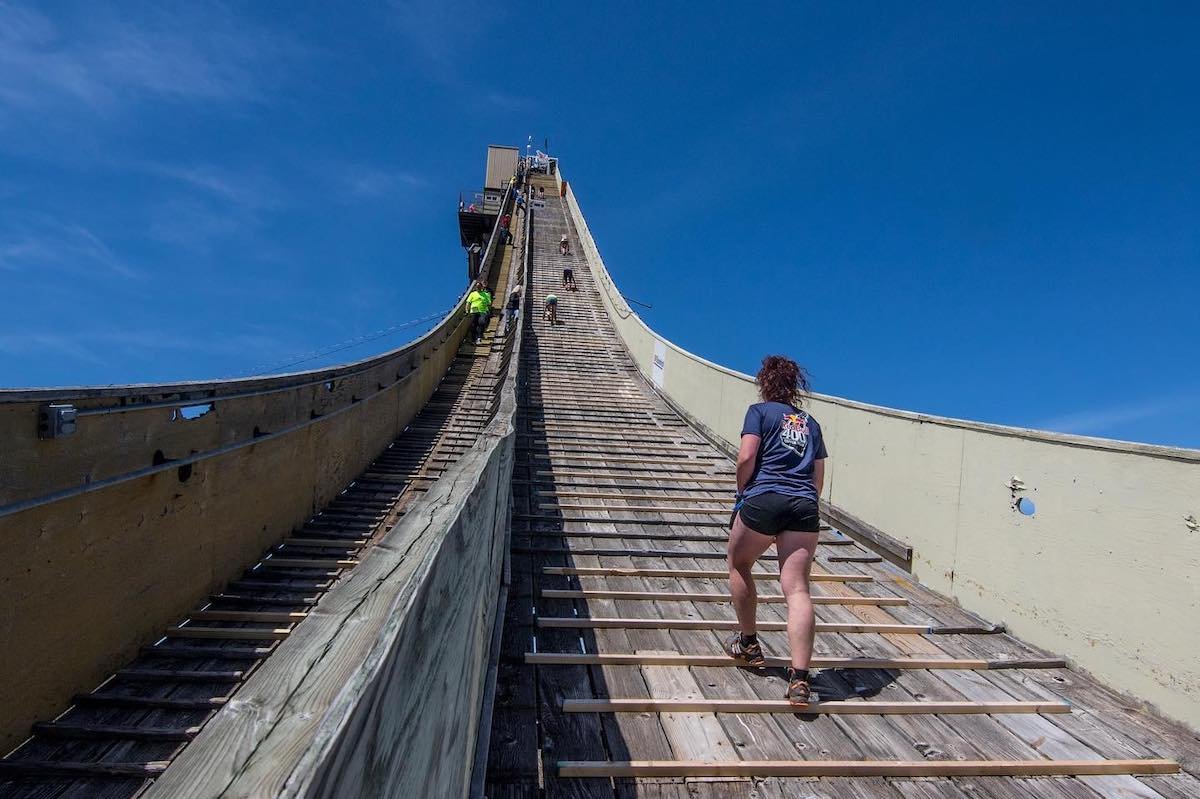
What You See
By the numbers, Copper Peak stands 469 feet tall and offers a 360-degree view. From the observation platform, you overlook some 2,500 square miles, a distance that covers three states (Michigan, Wisconsin, and Minnesota), Lake Superior, and on a clear day, Canada. Because the surrounding forests are full of pine trees, hardwoods, and hemlocks, local supporters pitch it as one of the best backdrops for photographers, especially in the fall.
Tickets
The Adventure Ride is open seven days a week from the end of May through mid-October from 10 am to 4:30 pm, but the schedule may change due to inclement weather. However, the Copper Peak Facebook page provides updates about weather conditions.
Nature Trails, Hiking, and Mountain Biking
At Cooper Peak, there are 5.5 miles of trails for hiking, mountain biking, running, and cross-country skiing in the wintertime. Featuring berms, rocks, and bridges, they take you across the ski hill area and through the forest.
The most popular ride, the Copper Peak Trail, begins at the ski jump landing area and the base of the hill. It descends down to the Black River and climbs 600 feet back up to the base again.
The Beginner Loop trail is a 1.7-mile out-and-back easy-rated trail with 330 feet of elevation gain. This trail is also a green-rated mountain bike trail and you may see runners use it as well. It begins at the museum and gift shop and takes you to the trail end off Copper Peak Road.
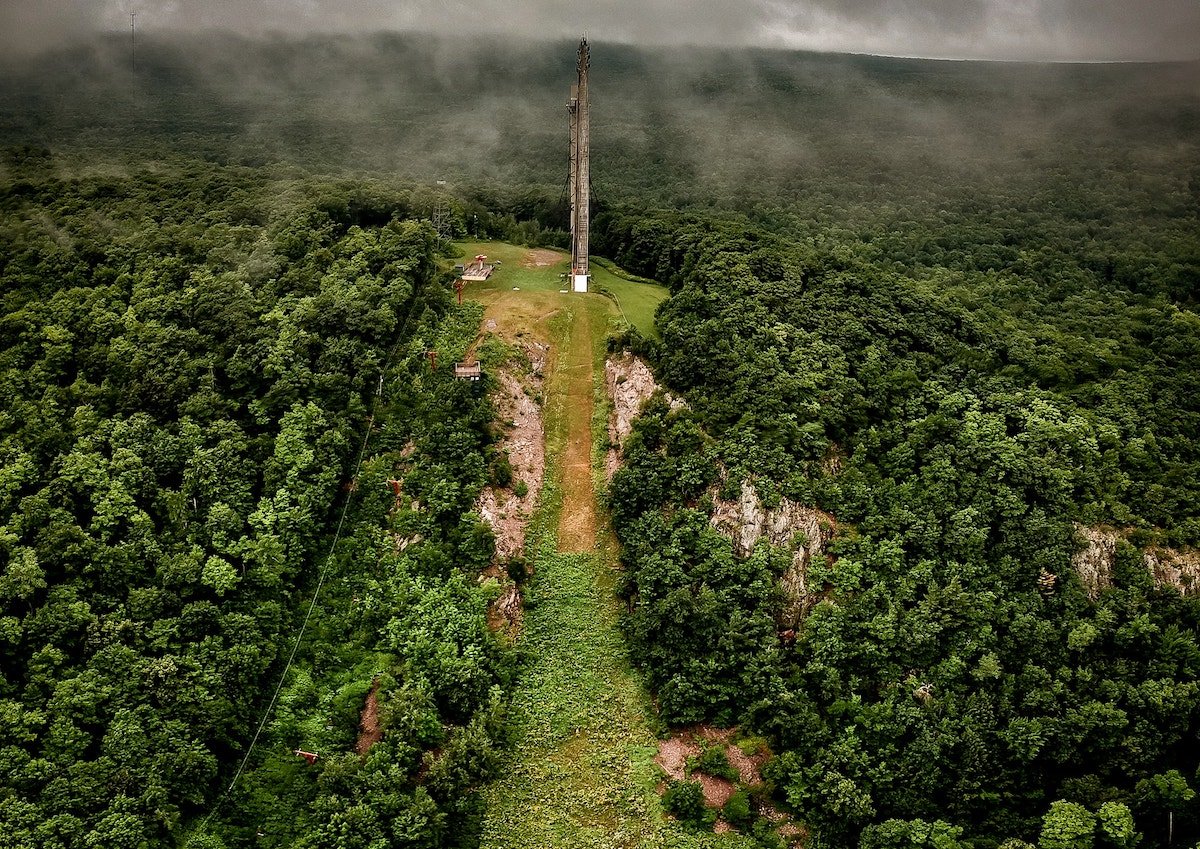
One thing to note, though, is that the trails are not maintained or groomed. Plus, in the winter, Copper Peak Road may close because of heavy snow.
The Renovation Project
When the renovation project is complete in the not-too-distant future, organizers will open a ski-flying structure capable of operating year-round. Using plastic material, they’ll build a slope that allows skis to slide like they would on snow.
Once operational, Supercynski told WTTW that their hope is that it’ll attract ski jumpers from all over and eventually host the Ski Jumping Grand Prix, an international summer ski jumping event. They hope to complete the project by 2024.

